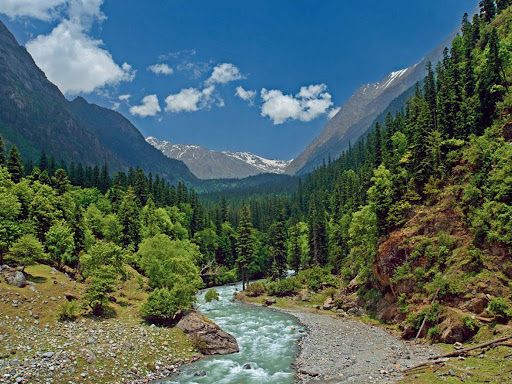
I am a naturalist. I behold the serenity of dawn among the sweet shipping of birds. Feeding them is my daily ritual. A flock of them gets their fixed there from my terrace. With the pass of time, there is a decrease in numbers and some indigenous spices like sunbird, red vented Bulbul, Indian Maina have stopped appearing.
My dismayed mourns for our posterity who won’t be seeing some of nature’s treasure. My 42 years stint has witnessed the rapid reduction in viridescent of nature.
Human’s discord with nature has caught our eyes by recent apocalyptical disasters like Amazon Jungle fire, Australian bush fire, high-intensity earthquake, cyclones and tsunamis. Conservation of nature has become the most serious subject to be taken into concern for the sustain of both animals and the human race on the earth.
What is meant by conservation of nature?
Conservation of nature means the preservation of its flora, fauna, water bodies, minerals, natural gases and every single natural element of the earth through proper management to prevent it from unnecessary destruction and illicit exploitation. Without an abundance of natural elements, human life on earth is unimaginable Thus it is essential to conserve these resources in order to endorse our sustainability.
Conservation is ethics that need to be internalized in our practice. In a broad sense its preservation of natural resources with due care and restoring nature for future.
Let’s take the example of freshwater resources.
There is only 0.3% of freshwater is present in the surface water of lakes, rivers and swamps and only 1.2% of it is drinkable. People don’t consider before using it recklessly. However, if we will keep using it at this speed in future we may not be left with as much of it. So there is a serious need for awareness for the preservation and restoration of freshwater.
What are the natural resources?
How many types of Natural Resources are on earth?
Natural resources are those which exists in nature naturally, they are like soil water sunlight the wind, plants, coals etc.
They are classified into exhaustible and inexhaustible resources. Exhaustible resources are those which are limited and will be exhaust with continuous use like coal and natural gases and it takes thousands of years to be reproduced. Whereas inexhaustible resources are those which don’t deplete by human consumptions like wind, sunlight etc.
Why do we need to conserve nature?
With the rising population, the consumption of natural resources is also increasing. Earth’s natural resources are diminishing. Thus the resources need to be conserved to maintain the ecological balance and save them for future generations. Climate change has raised up as all most threaten to mankind.

Let’s see a case study of Himalaya Water Bodies how severely it has cast a perilous effect on the earth.
Himalaya is the perennial source of freshwater and sobriquet as Water Tower of Asia. It is the source of water for many minor and major rivers of Asia that flow through some thickly populated regions. In the current scenario due to climate change, these rivers and other water bodies like glaciers, lakes, and streams are at risk. Owing to which large numbers of villages, hamlets and settlements are experiencing a severe drinking water shortage.
Since 2014 Himalayan region is in the high scarcity of water. Water from Himalayan rivers not readily available to the densely populated villages and towns that are situated in the mid-hills of Himalaya. The fast-flowing rivers cut deep gorges and flow several hundred meters below while the glaciers are far above. The springs that sources from glaciers are slowly dwindling.
In 2018 Indian Government‘s think tank Niti Aayog came out with a report, ‘Inventory and revival of springs in the Himalaya for water security’ which held that about 30% of springs crucial to water security of people in the Indian Himalayan Region (IHR) are drying and 50% have reported reduced discharge. Any significant depletion in such springs that flows into rivers will surely impact the flow of the rivers. The Niti Aayog report has highlighted that 60% of populations in the IHR depends upon spring water and recommended a systematic mapping and revival of springs across the Himalaya.
Niti Aayog has set a framework to rejuvenate about 300 hill springs and lakes across the Himalayan region. Action has been taken to restore, revive and sustain the springs.
Thus conservation of nature has become time’s call.

